Here Are 10 Contemporary Female Artists You Should Know
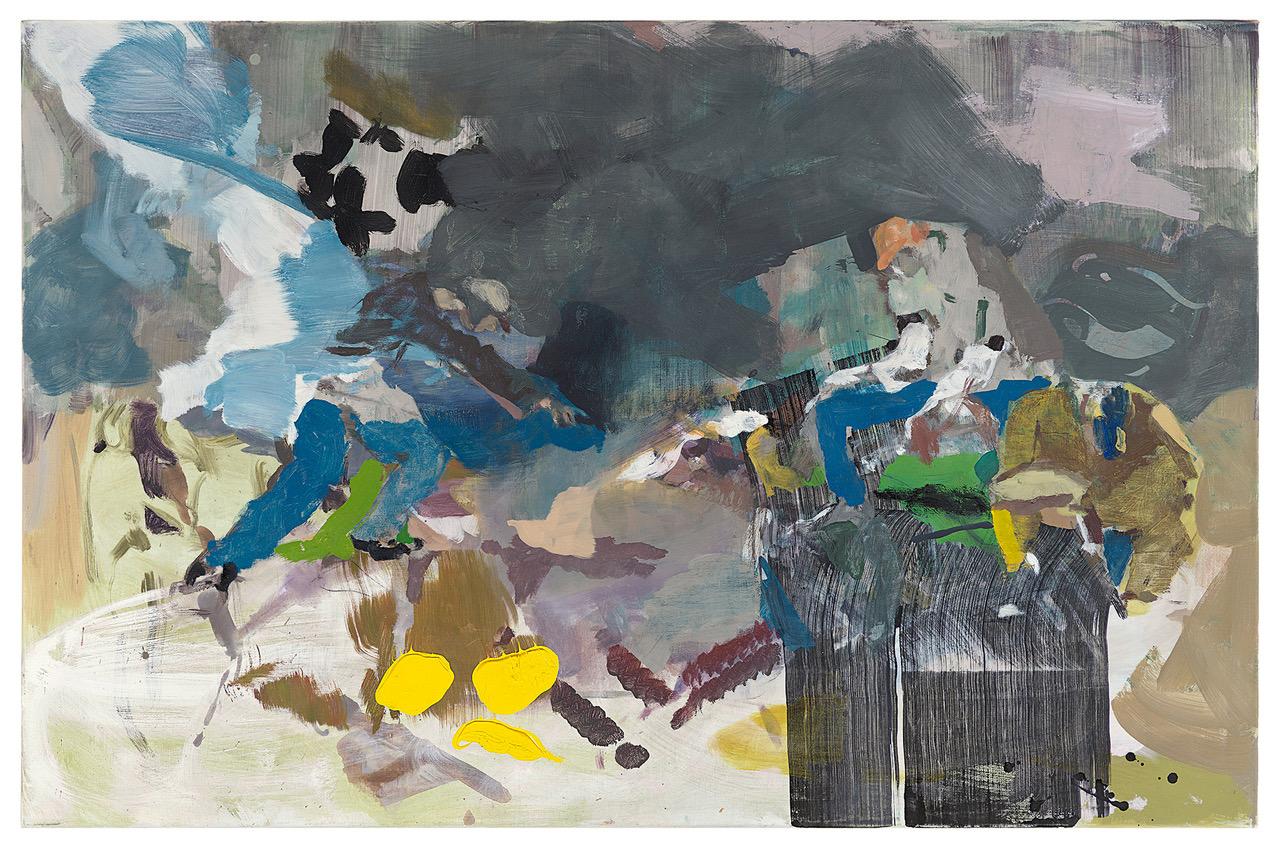

Words: Chris Erik Thomas.
To understand the state of the industry’s gender inequality, it helps to know a few numbers. According to a January 2020 report, self-employed female artists and publicists in Germany faced a 26 percent pay gap from men. One year earlier, at Gallery Weekend 2019 for example, only 30 percent of artists represented by gallery shows were women. Across the ocean, from 2008 through 2018, leading museums in the United States purchased only a paltry 11 percent of art by women artists.
The stats on the art world’s inequality could keep flowing, but the point is clear: female artists have to fight hard for recognition and visibility in the male-dominated art industry. From the art market through to representation at museums and galleries, the divide between male artists and everyone else — those that identify as female, gender non-conforming, transgender, and other identities — is striking.
At Art Düsseldorf, we are committed to fighting for more equality within the art industry. To help ease the gap in representation, we created the Female Artists Drop at the end of July in our Online Shop to highlight the incredible array of works by both established and emerging female artists, including Candice Breitz, Ulrike Rosenbach, Sylvie Fleury, Nadira Husain, Anna Virnich, Isabella Fürnkäs, and many more.
To celebrate the wide range of art by contemporary female artists, we invite you to get to know these 10 artists whose work we highlighted in our Online Shop.
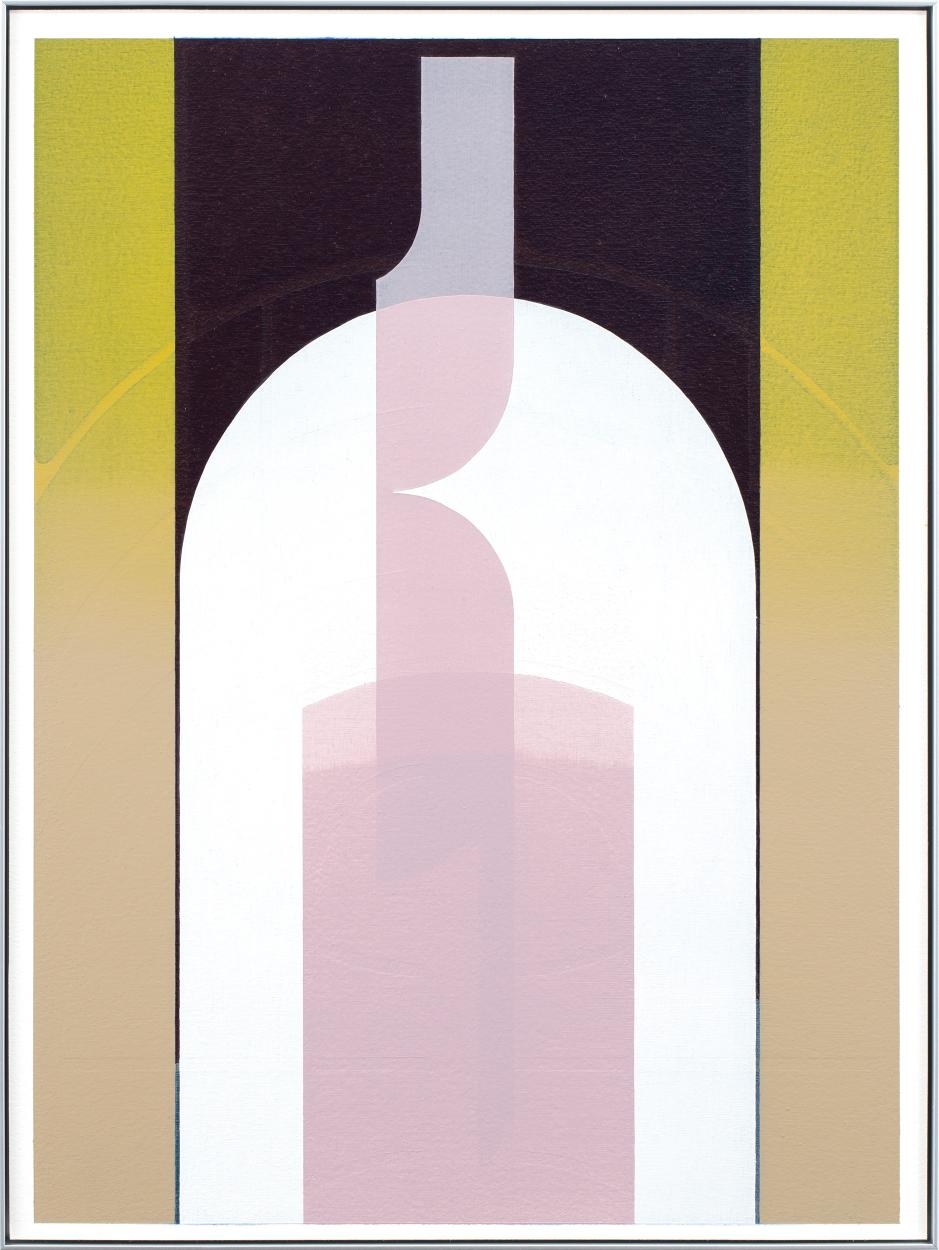
Irina Ojovan. "Profile N 67", 2022. Oil on paper. 41,5 x 31,5 cm. Courtesy of COSAR.
For this Moldovan-born painter and sculptor, translating emotion into linear and geometric shapes and forms are key to her artistic practice. Now based in Germany between Düsseldorf and Munich, Ojovan’s minimalist works have oscillated between vibrant color and muted blacks as she infuses stillness into each piece.
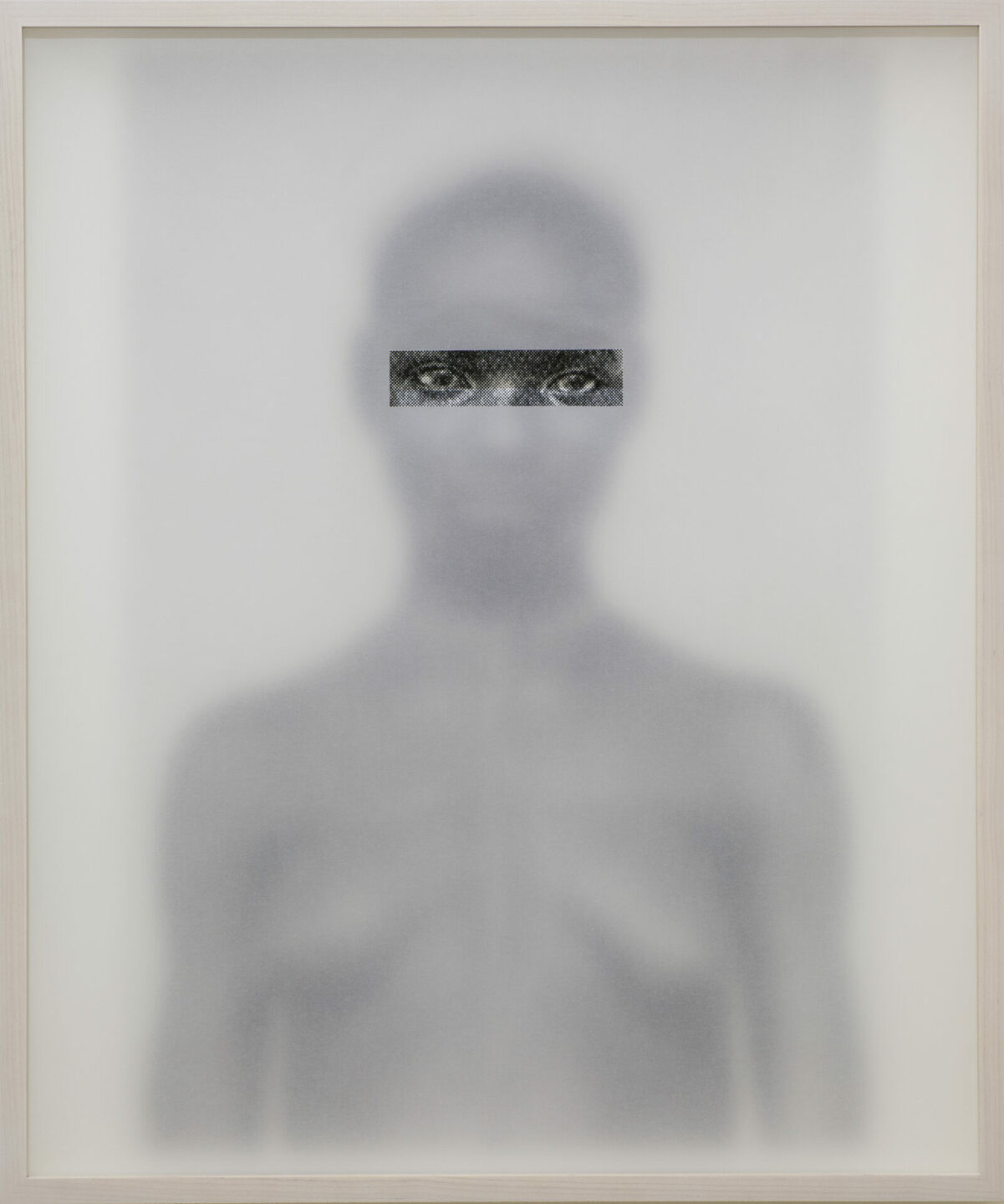
Milja Laurila. "Untitled Woman VIII", 2022. From the series "Untitled Women". Archival pigment print mounted on aluminum, cut paper. 62 x 51.5 cm. © the artist, courtesy: Persons Projects.
Reclamation is integral in the Helsinki-based artist’s work. Using old medical books and other imagery as the foundation, she transforms old material into new work. For example, in her recent “Untitled Women” series, the artist took images from the book Woman. An Historical Gynæcological and Anthropological Compendium, which was written by three German men in 1885, and interrogates the colonial and sexual gaze through her new pieces. A selection of pieces from her “Untitled Women” series were recently shown during Gallery Weekend Berlin 2022.
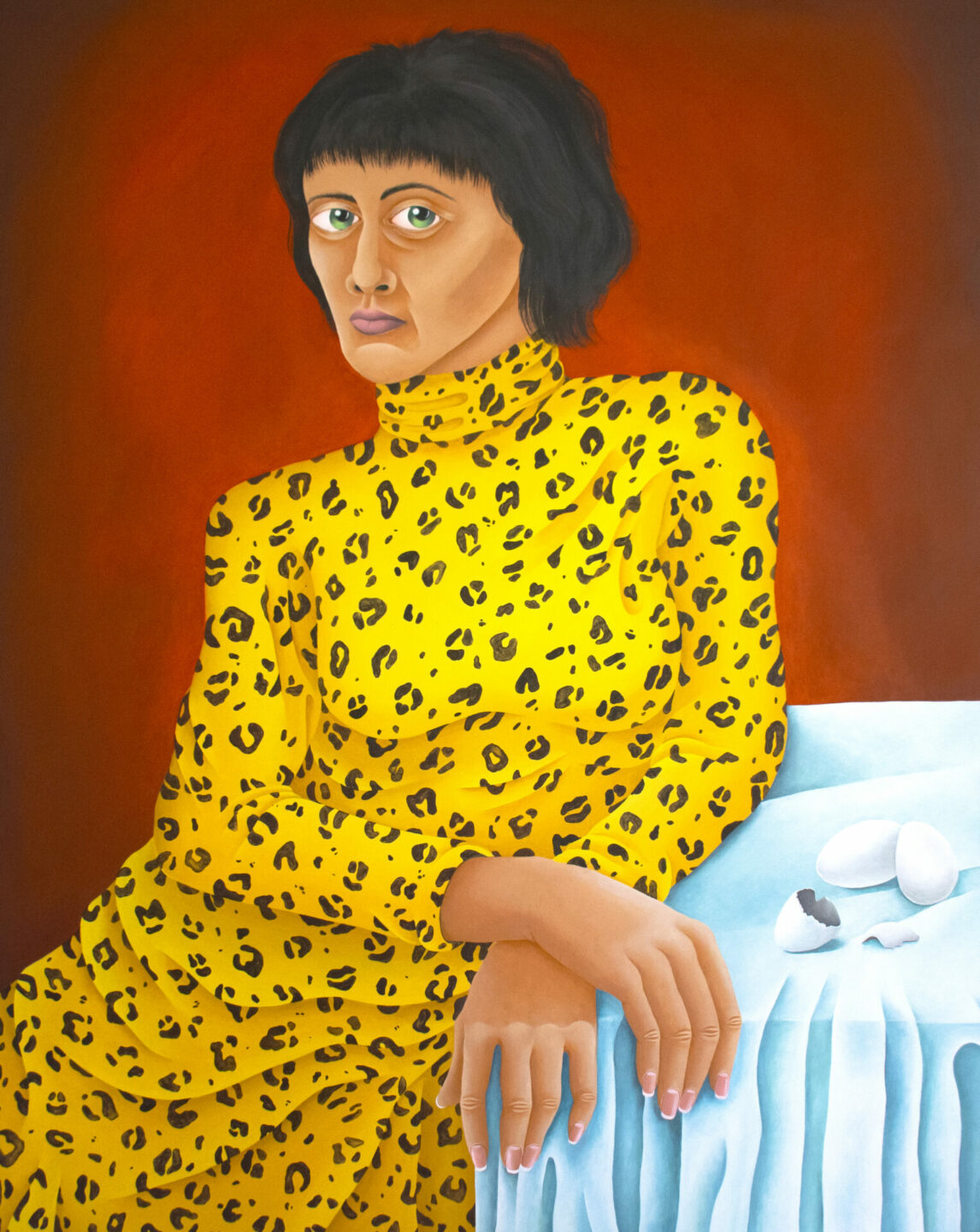
Joëlle Dubois. "The Expectant Mother", 2022. Acrylic on wood. 100 cm x 80 cm. Courtesy of Thomas Rehbein Galerie.
The male gaze has no place in the works of this Belgian artist. After a childhood spent around women unhappy with their bodies because of societal pressure, Dubois has worked to fight for body positivity with entrancing artworks that show the human form in all of its shapes and sizes. Since her art world debut in a handful of shows in 2015, she has become known for her fun and playful paintings — creating scenes that show the weird, messy beauty of bodies. You can read our interview with the artist in our digital magazine.
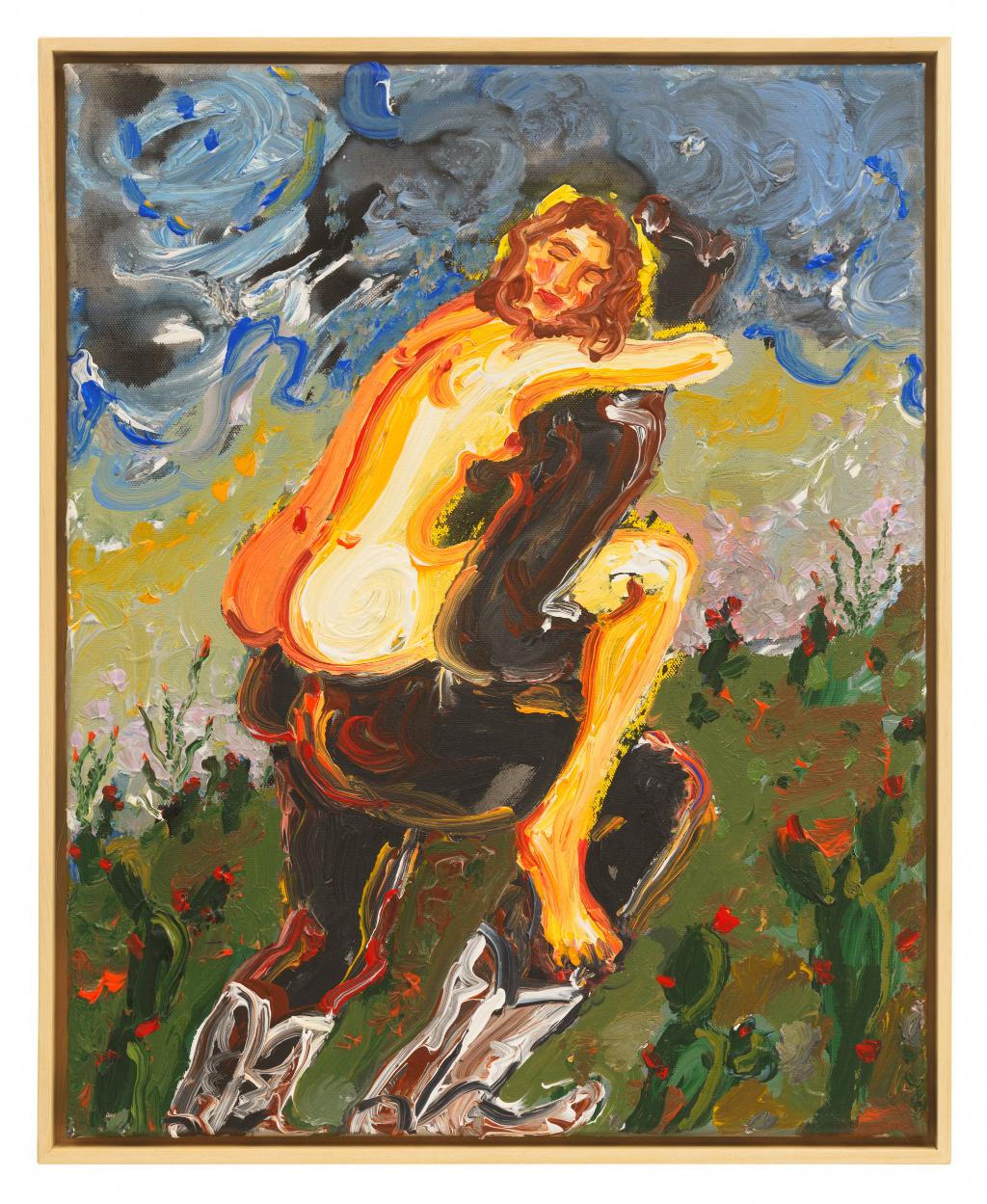
Katarina Janeckova Walshe. "Ocotillo lovers", 2022. Acrylic on canvas. 52 x 42 cm (framed). Courtesy of DITTRICH & SCHLECHTRIEM.
Born in Slovakia and now based between Corpus Christi, Texas and New York City, the artist has become known for her amusing and socially critical works. Using traditional “female” spaces like kitchens and bedrooms as backdrops, her work infuses fantasy with cutting critiques of sexuality, identity, and history. Nude women carry out tasks, bears become stand-ins for men, and phallic cacti make guest appearances on her canvases.
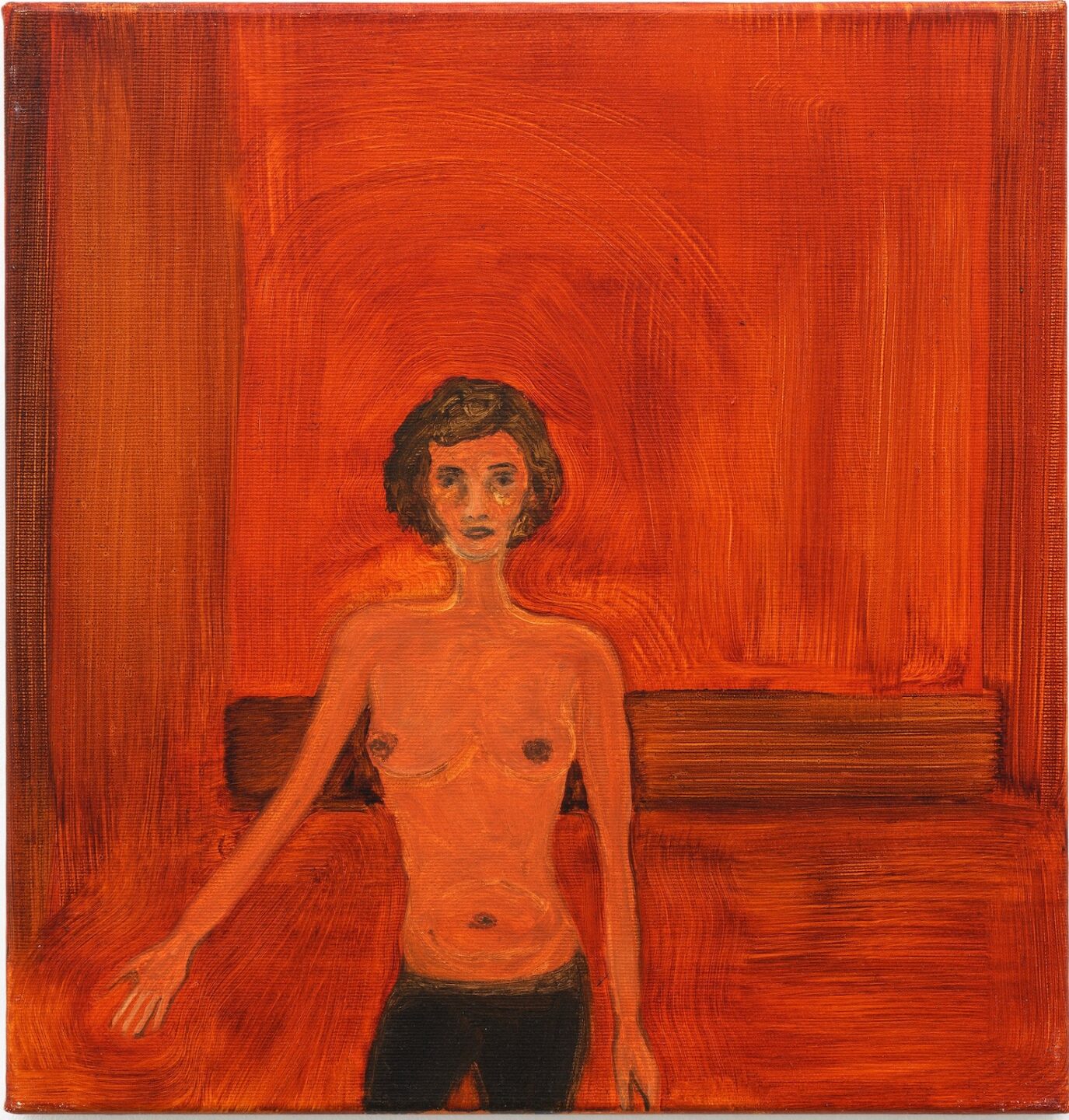
Lea von Wintzingerode. "just bc I'm not tattooed / sub-culturally lonely", 2021. Oil on canvas. 42 x 40 cm. Courtesy of Jacky Strenz.
For this Berlin-based artist, the subjects in her paintings feel almost alive — as if they have been frozen in mid-response to the gaze of the viewer. Using a special painting process, the artist applies a thin layer of oil paint that allows for color to dissolve into the canvas and merge with other surfaces. Additionally, her work touches on both music and performance, which sometimes involves piano pieces composed and played by the artist to be used in exhibitions.
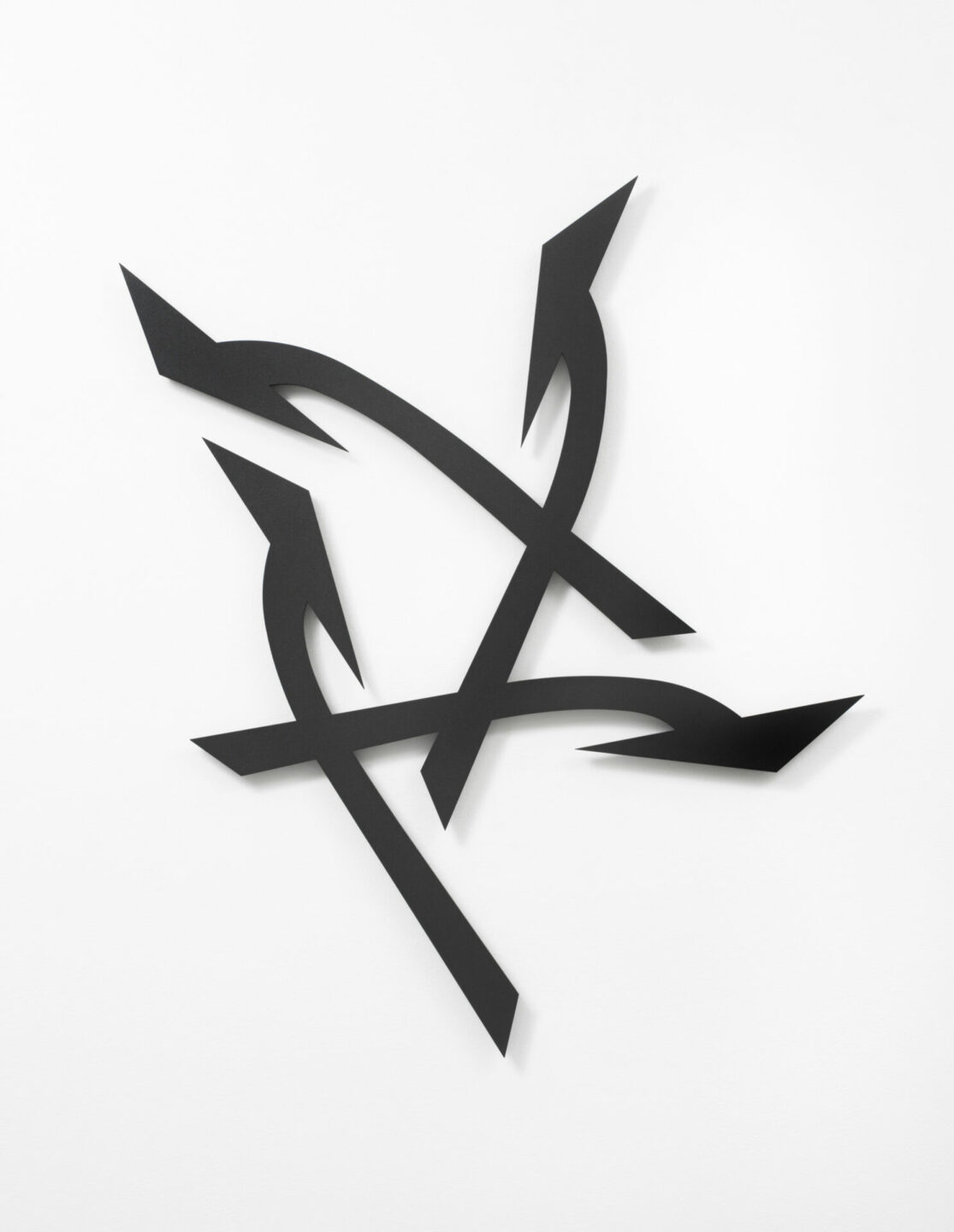
Bettina Pousttchi. "Directions 09". Steel. 160 (h) x 130 x 4 cm. Courtesy of BUCHMANN GALERIE.
There are few contemporary female artists in German as popular as Pousttchi. Since breaking out internationally in 2009 with her massive photographic installation “Echo”, the artist has used photography, sculpture, video, and other mediums to develop a broad range of work that is constantly surprising viewers both in Germany and internationally — including at two editions of the Venice Biennale.
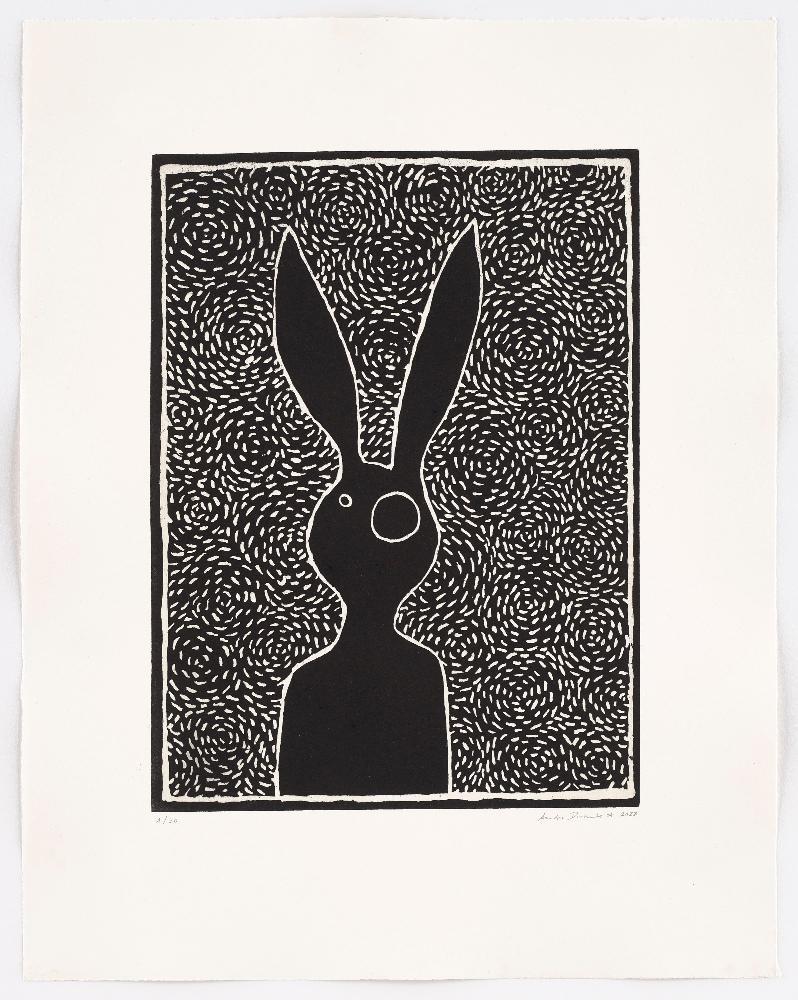
Ambra Durante. "Es ist nur eine pHase", 2022. Original etching on laid paper. 57,8 x 46 cm. Ed. 30 + 5 E.A. Courtesy of Galerie Friese.
Born in 2000 in Genoa, the young, Berlin-based artist has turned a childhood passion for drawing into a promising artistic career. With an unmistakable style and ability to use anything as a canvas (including cardboard, shopping bags, and shooting cards), Durante has quickly garnered acclaim. Her first-ever exhibition at Galerie Friese (“Lack of sleep is my eye shadow”, 2021) and her first institutional solo exhibition as part of the illust_ratio 10 in Rüsselsheim (“What if my thoughts will never stop talking”, 2022) have cemented her status as one of the rising talents in Germany’s art community.
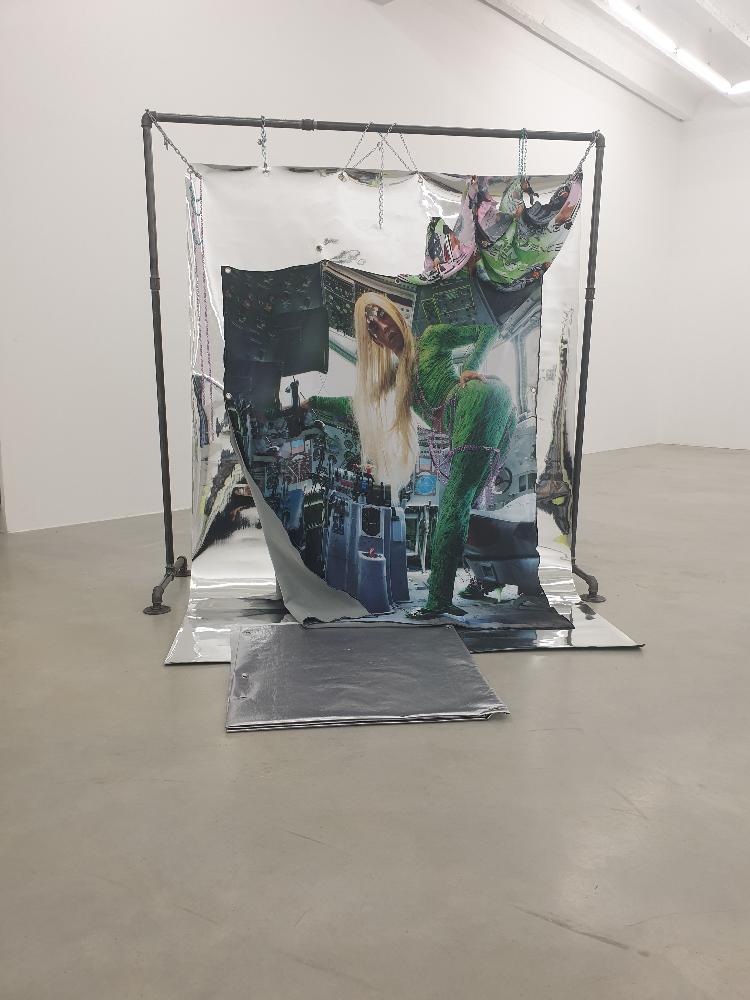
Anna Ehrenstein, "Pvssy Divx", 2020. Mixed media installation. Installation view at KOW, 2020. Photo by Ladislav Zajac. Courtesy the artist and KOW Berlin.
This Albanian-German artist is no stranger to pushing boundaries through her work. Whether she is taking on themes of pseudo luxury and gender representation (“Tales of Lipstick and Virtue”, 2013-2018) or post-colonial politics (“Home is Where the Hatred is”, 2021), she has a flair for creating dramatic works that challenge viewers’ perceptions. This expert melding of high and low culture through print, video, sculpture, installations, and other mediums has attracted art lovers from Germany and around the world.
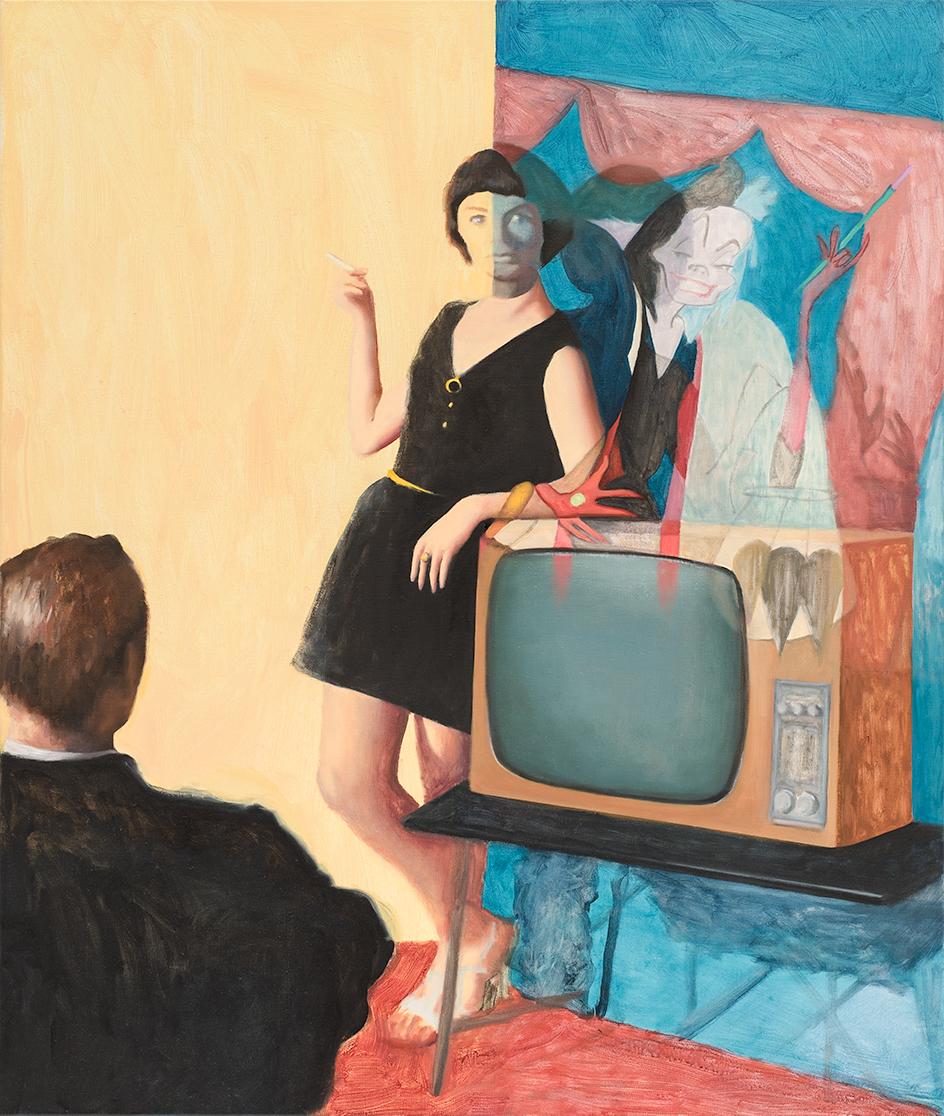
Zohar Fraiman. "Prime Time", 2020. Oil on canvas. 130 x 110 cm. Courtesy of PRISKA PASQUER.
For the Jerusalem-born painter, motifs from art history, Jewish legends, Disneyland, and “ideal world” aesthetics of the 1950s act as a solid foundation for her work — especially in her portrayal of women. Using a casual yet ludic stylization, she interrogates the unrealistic expectations that society puts on female characters; leaving some level of interpretation up to the viewer, while nevertheless holding up a mirror to ourselves.
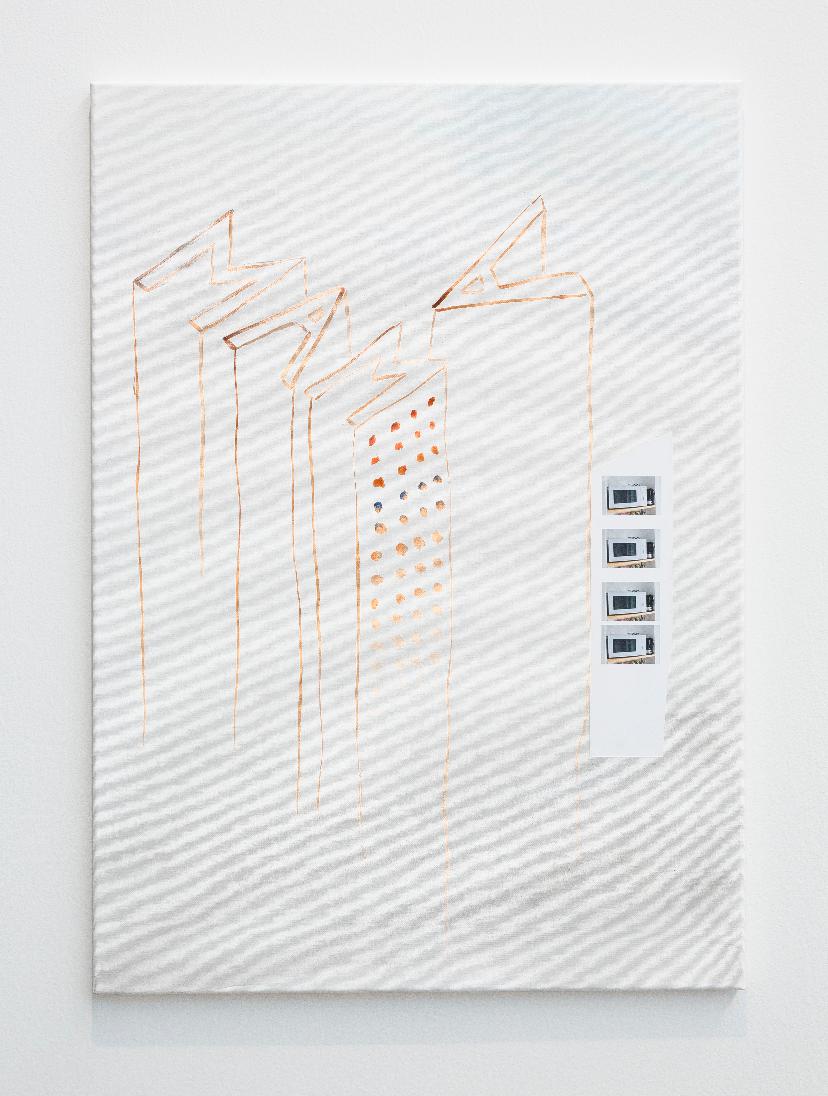
Phung-Tien Phan. "Mikrowelle", 2022. Acrylic and archival pigment print on canvas. 70 × 50 cm. Courtesy of DREI.
Within the Rhineland art scene, the Essen-born artist has established herself as a rising talent. Using a mix of sculpture, video, and other mediums, she has focused on everything from the breakneck pace of social media in our lives and the glacial pace of changing societal norms to the manufacturing process and politicization of domestic labor.
Chris Erik Thomas is the Digital Editor of Art Düsseldorf. They work as a freelance writer and editor in Berlin and focus primarily on culture, art, and media. Their work can also be seen in Highsnobiety, The Face Magazine, and other publications.